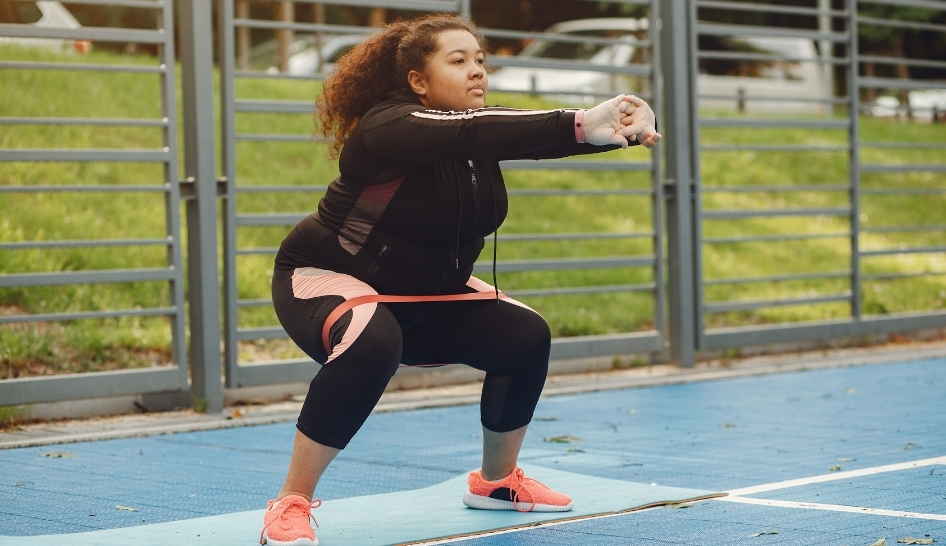Good leadership is essential for any business to thrive. Throw a global pandemic in the mix, and being a great leader can surely serve as the be-all and end-all.
In this four-part series, Loni Wang, owner of Shenzhen Catic Wellness Group in Shenzhen, China, reviews the challenges and opportunities her club identified during the coronavirus pandemic. We separated Wang's advice for health clubs into four topics:
- Strategy,
- Finance,
- Member Retention, and
- Leadership.
In our final part of the series with Wang, we want to share the two leadership challenges and four opportunities that she’s detected over the last few months.
Leadership Challenges and Opportunities
While speaking with Wang, she noted that health clubs could face two challenges for leadership:
- General Negative Perceptions of the Industry
- Perception That the Industry is Noninclusive
She also uncovered four leadership opportunities:
- Prioritize Making Your Club More Inclusive
- Show the Health Benefits of Exercise
- Build Relationships with Government
- Share Members with Other Clubs and Trainers
Challenge: General Negative Perceptions of the Industry
One of the harshest challenges that the fitness industry will continue to face is changing the industry’s negative perceptions. Before the pandemic, some labeled gyms as only for the rich, those who have time, and “dirty” or “germy” spaces.
Wang is disappointed that a majority of the public does not see exercise as an important “life skill.” She said, “I think a lot of people didn't know that you need to [exercise to be] healthy because you can prevent disease.”
Unfortunately, COVID-19 has only heightened the negative perceptions of the industry. According to the Bureau of Labor Statistics (BLS), the current unemployment rate in the U.S. is 7.9%, with 12.6 million filing for unemployment. As workers face the possibility of layoffs and furloughs, everyone is looking for ways to cut spending—that means “unnecessary” memberships to fitness clubs.

